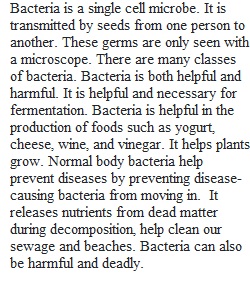


Q Acinetobacter baumannii is a gram-negative bacterium commonly found in soil and water. This bacterium is also frequently associated with nosocomial infections, diseases patients acquire while they are in a hospital. A. baumannii tends to thrive in hospital settings because the bacterium is resistant to environmental influences and can survive for months on such objects as faucets, toilets, bedclothes, doorknobs, sinks, and medical equipment. The spread of this bacterium is a concern for all medical facilities, but especially military ones, which have seen increasing numbers of bloodstream infections caused by A. baumannii, probably because combat conditions make controlling and treating them more difficult. Additionally, A. baumannii infections have become problematic because increasing numbers of isolates show multiple drug resistance—that is, the bacteria are unfazed by the antibiotics commonly used to treat them. Many of the resistance genes found in A. baumannii are similar or identical to those seen in other genera of bacteria, such as Pseudomonas, Salmonella, and Escherichia, which also commonly occur in healthcare facilities. - How might genes, such as those responsible for drug resistance, be transferred between bacterial species? - Where could A. baumannii likely have acquired the genes for drug resistance?
View Related Questions